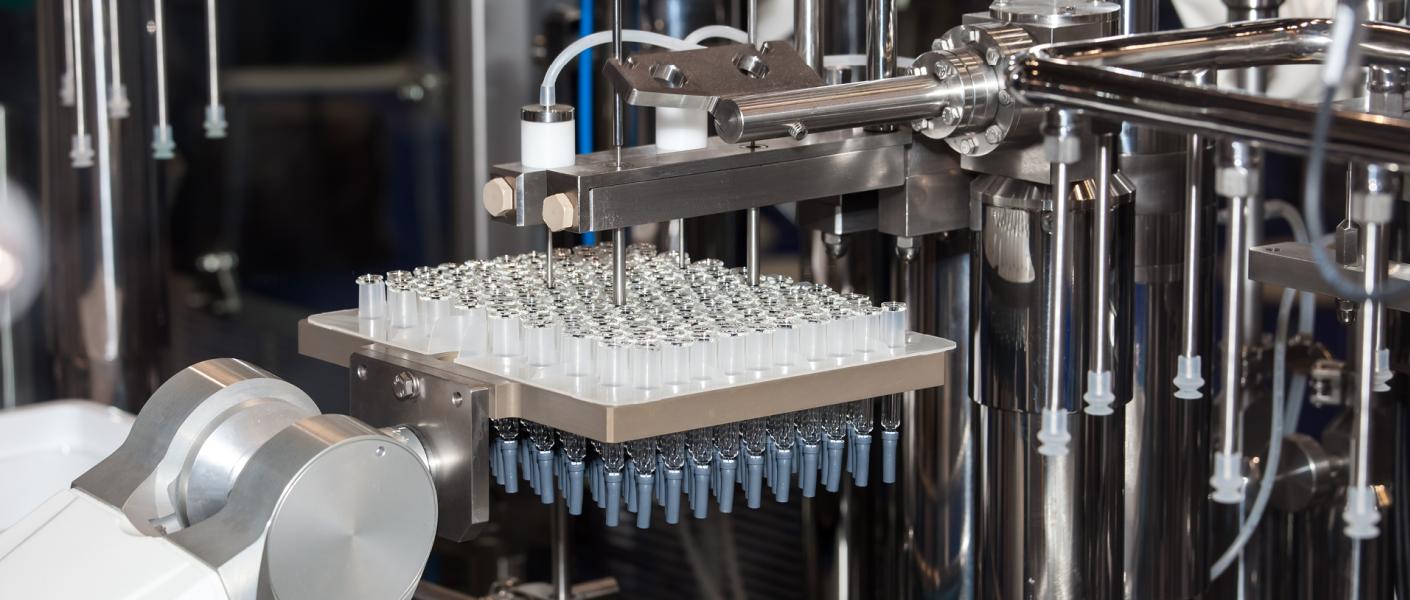
Transitioning from a Vial to PFS: What are the Benefits?
The development of parenteral drugs has increased significantly, with the market set to reach $1.2 billion USD by 20281. Combined with the latest advancements in medical technology, an increasing number of parenteral drug developers are turning from traditional glass vials to prefilled syringes (PFS).
Underpinned by the drive to create a more patient-centric administration format, along with lower manufacturing and product costs, more pharmaceutical companies are now making the switch to PFS devices.
In this article, we explore some of the leading engineering activities that are necessary for successful PFS transfers and the benefits they offer.
Benefits to patients
There are many reasons why a drug developer may be interested in converting a drug product currently provided in a vial form into a PFS. They may be driven by quality requirements to preserve the potency or safety of the drug product, for example. But for many, the overarching drive is the desire to introduce more patient-centric administration formats to the market.
Put simply, PFS devices offer greater levels of convenience to both patients and healthcare professionals, easing or tailoring administration to their therapeutic needs.
When an injectable is intended for use in doctors’ surgeries, at-home care scenarios, or even during emergency surgery, simple and/or more rapid administration is often required.
Already filled with the correct dosing and packaged ready for use, PFS devices make it much easier to ensure patient compliance, which is one of the longest standing problems in healthcare.
Benefits to manufacturers
The core rationale for switching from a vial to a PFS is that it helps sterile injectable manufacturers manage the brand life cycle of their products, offers significant benefits to healthcare providers (HCPs) and patients, and can help drastically cut manufacturing and product costs.
Traditional glass vials are often overfilled to ensure the full dose is retrievable for administration to the patient. But PFS devices render this unnecessary as they inherently improve dosing control, significantly reducing drug product waste and ensuring the correct dosage each time, resulting in much lower manufacturing costs overall.
Making the switch to parenteral devices
These benefits of PFS devices have marked a shift in the way parenteral drug devices are manufactured, but there are still a variety of considerations manufacturers who make the switch must make.
Adjustments must be made to accommodate the differences between processing glass vials and PFS vials, from preparation to filling and beyond.
Our next blog in this series will focus on these differences and the challenges manufacturers face in their switch to PFS from glass vials.
1. https://www.databridgemarketresearch.com/reports/global-injectable-drug…